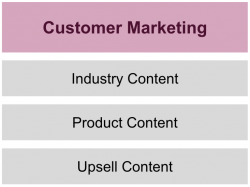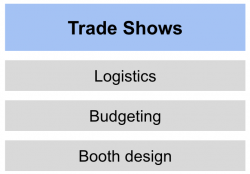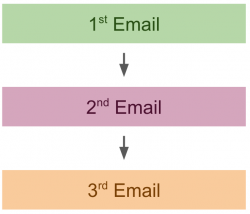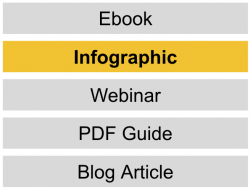This is article #32 out of 50 in The Startup Marketing Playbook.
Despite the explosive growth in digital marketing over the last decade, good old fashioned email continues to be a primary channel for inbound marketing. Once targets provide their contact information to download a piece of valuable content they become a lead. You now have an opportunity to email them additional content each week, continuing to nurture the relationship until that lead “raises their hand” to request a demo, therefore becoming an MQL.
The weekly email campaigns are incredibly important since they are often directly responsible for driving MQLs. To keep you organized, divide your email marketing into two categories:
1. Plain text emails
These emails look as if they were sent personally and have a familiar look that drives responses. They are best utilized in nurture workflows or automatic responses to an action, like downloading a piece of content.






